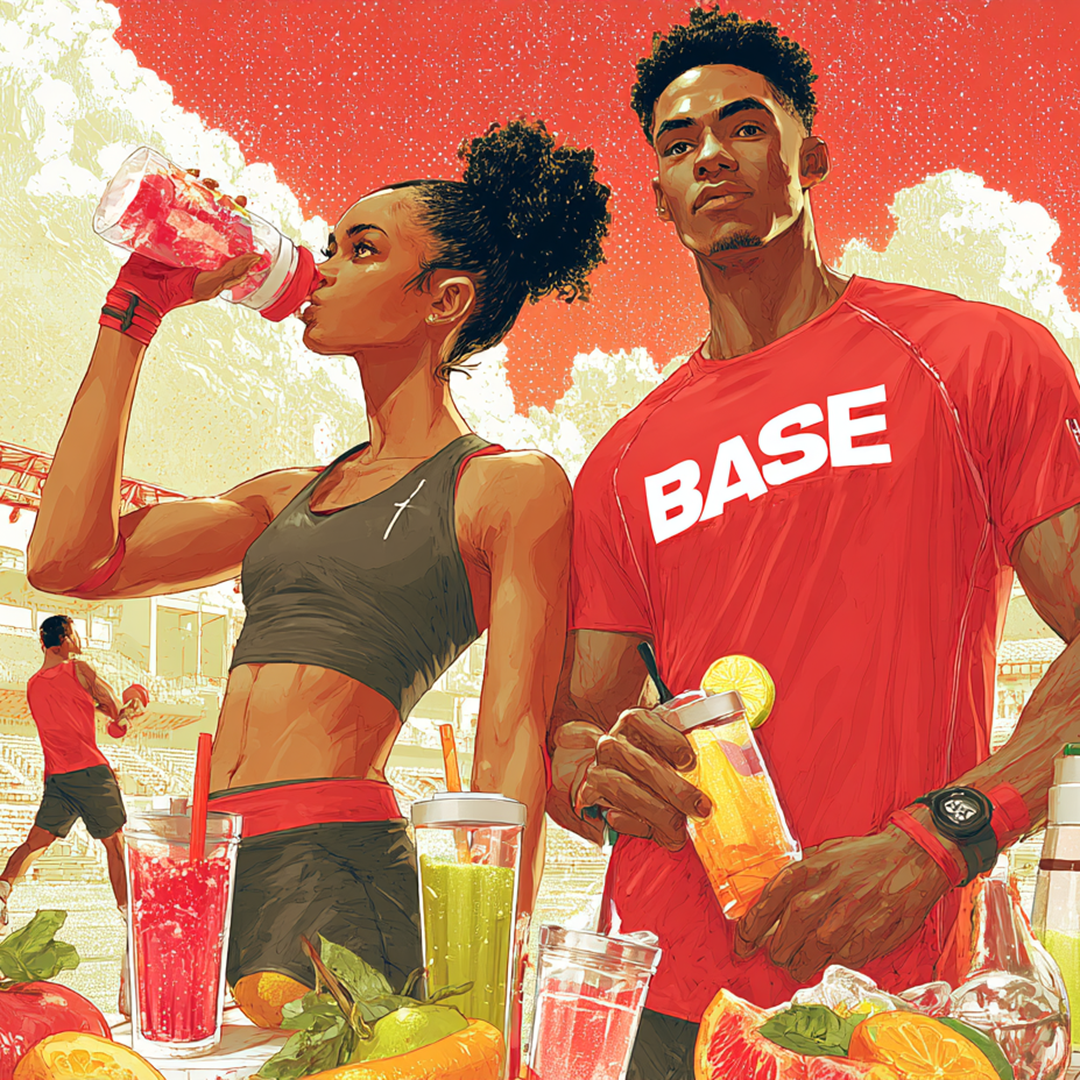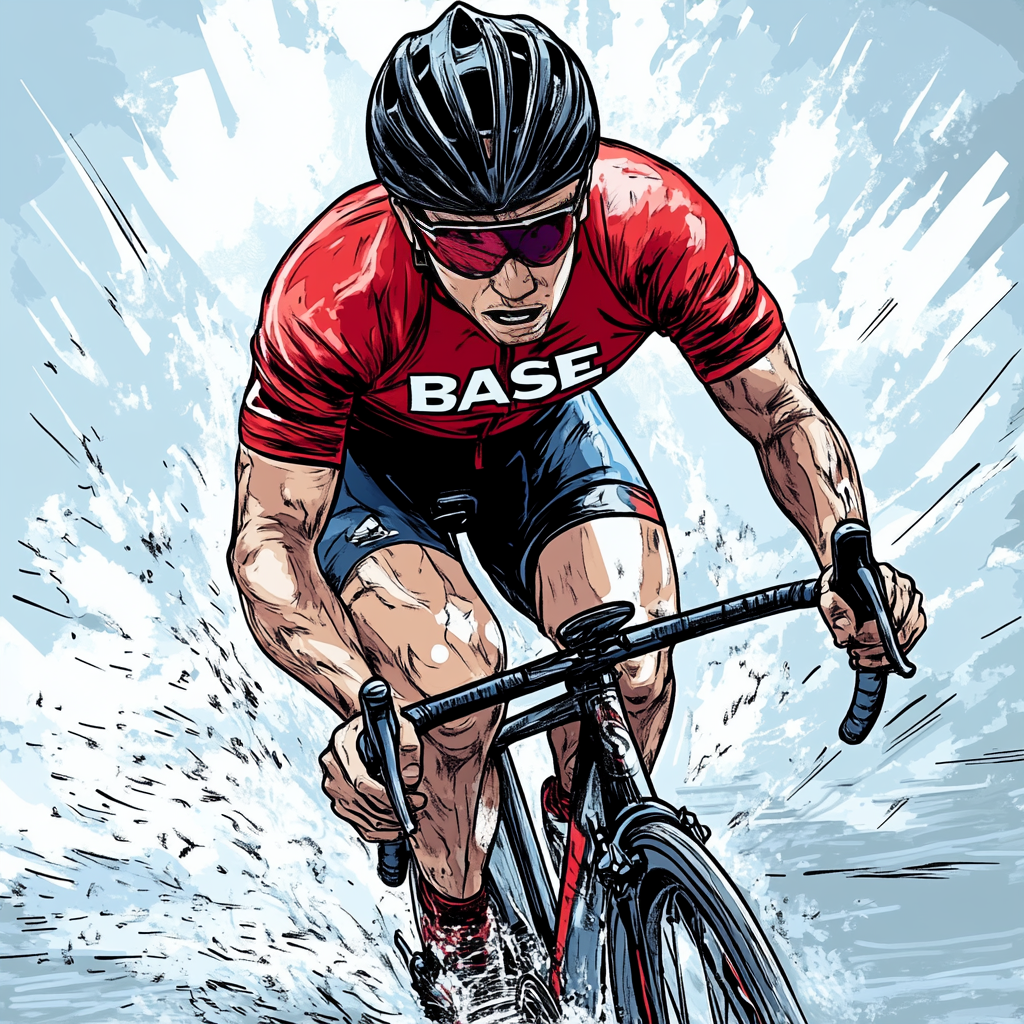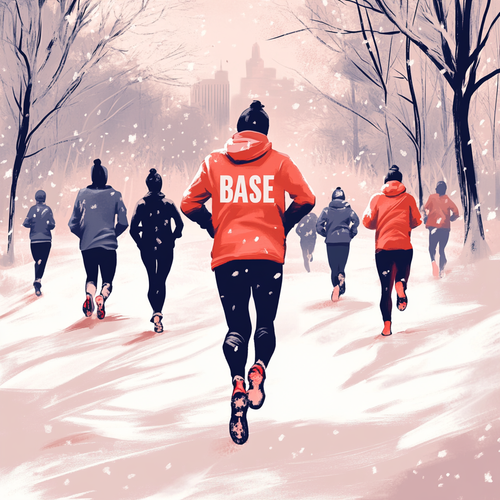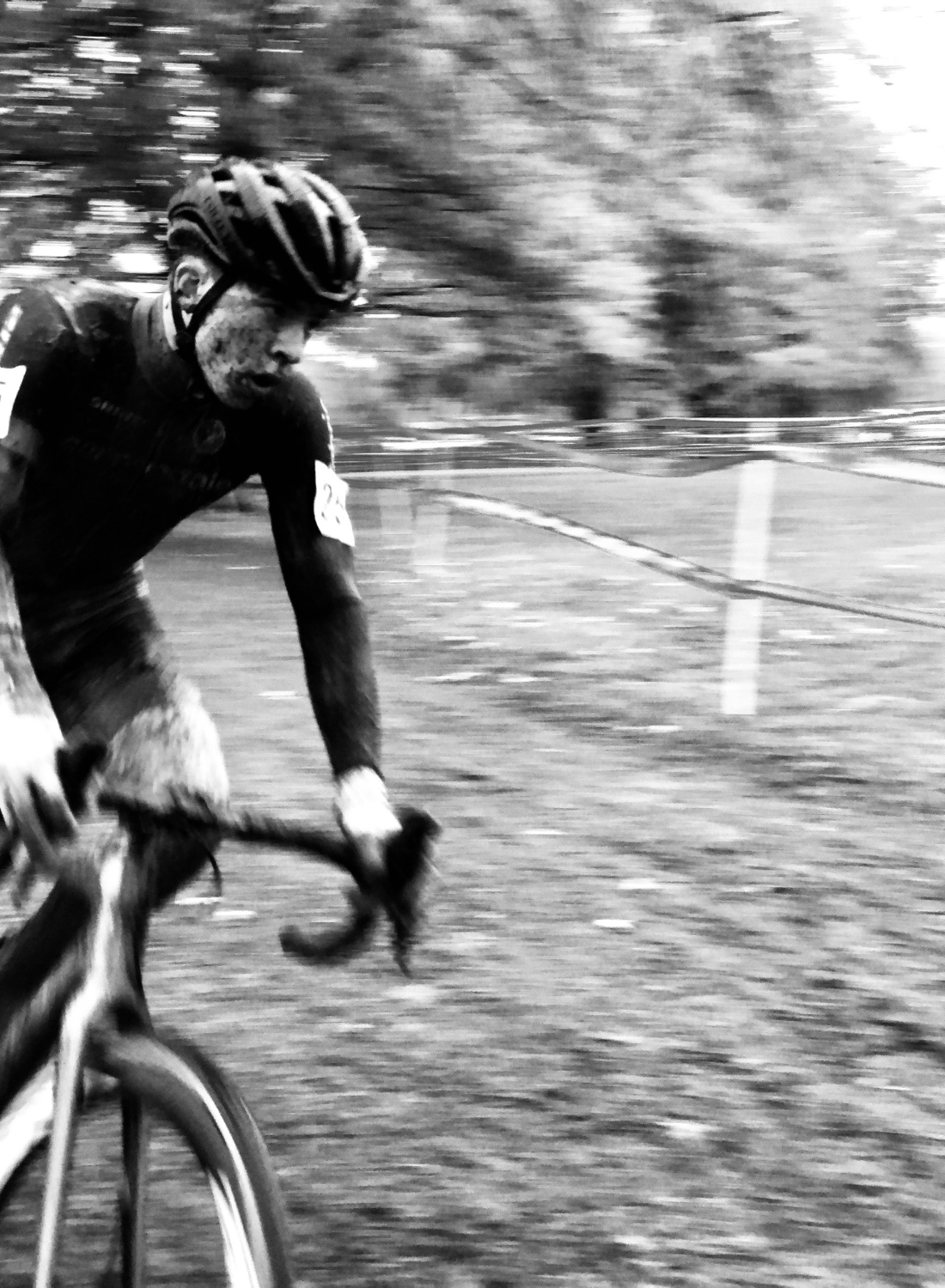Nutrition: Metabolic Efficiency

It has long been said that the fourth discipline in triathlon is nutrition. Endurance nutrition can be complicated and overwhelming. Most of us learn what works by trial and error. Nutrition is also a changing science in which we are constantly inundated with new products and fueling techniques.
There is not a one size fits all method to fueling for endurance sports. In fact, everyone has a slightly different approach and each and everyone of us knows what works for us and what does not. It is our goal to provide you with the tools to make educated choices concerning your nutrition plan. We will be featuring BASE products and their roles in your daily regime in the upcoming weeks.
However, this week, we chatted with multiple IRONMAN finisher and Metabolic Efficiency Coach, Susan McNamee, to specifically fat burning for long distance training and racing. Here is what Susan had to say:
My specialty and certification is in Metabolic Efficiency Training. It is not a diet, but a lifestyle. What is MET? MET involves training the body to burn fat before carbohydrates. We can accomplish this through manipulating our daily nutrition. It is really not that hard, however, it is a paradigm shift in eating behavior for many of us. Most of us have been told to "carb load" and eat low fat. However, with the proper combining of proteins, fiber and fats you will find the key to success.
In the triathlon world you will find that everyone has an opinion on nutrition. What to eat, how much to eat, what to drink and how much to drink. The thing to remember is that there is not a cookie cutter approach or a "one size fits all" methodology race nutrition. What works for one, may not work for another. Some coaches and high carb programs will tell you eat 250-350 calories an hour during training and racing. That isn't usually feasible for many. Why not train our body, through some simple daily nutritional tweaks, to tap into the 40,000-80,000 stored calories of fat that we ALL have? Instead of using up the 1200-1400 stored calories of carbohydrates! It works!
You can train and race on products that won't spike your blood sugar which make you ultimately bonk if not kept up, or end up with GI issues. You can lose unwanted weight, see performance improvements and become lean! Seek a certified professional who can help find the plan that works best for you.
If you want information on the service that MacPer4mance provides, including product recommendations, contact Susan McNamee at macper4mance.com


























Leave a comment